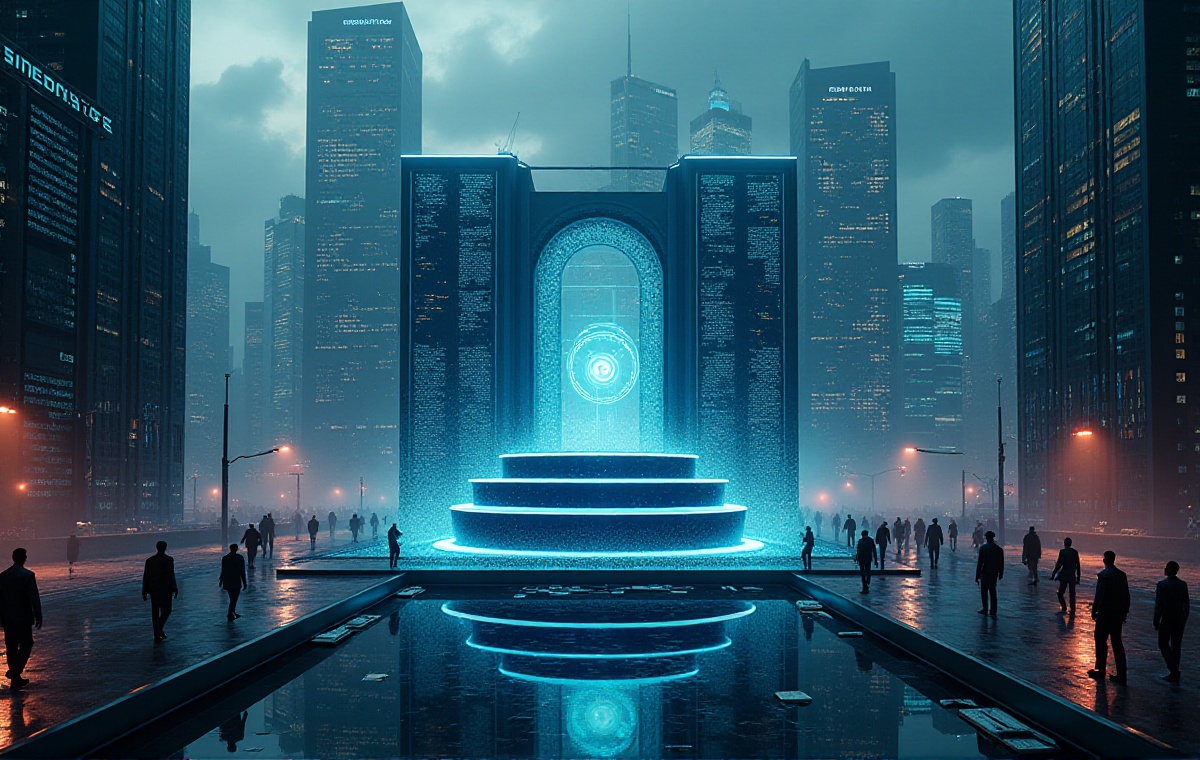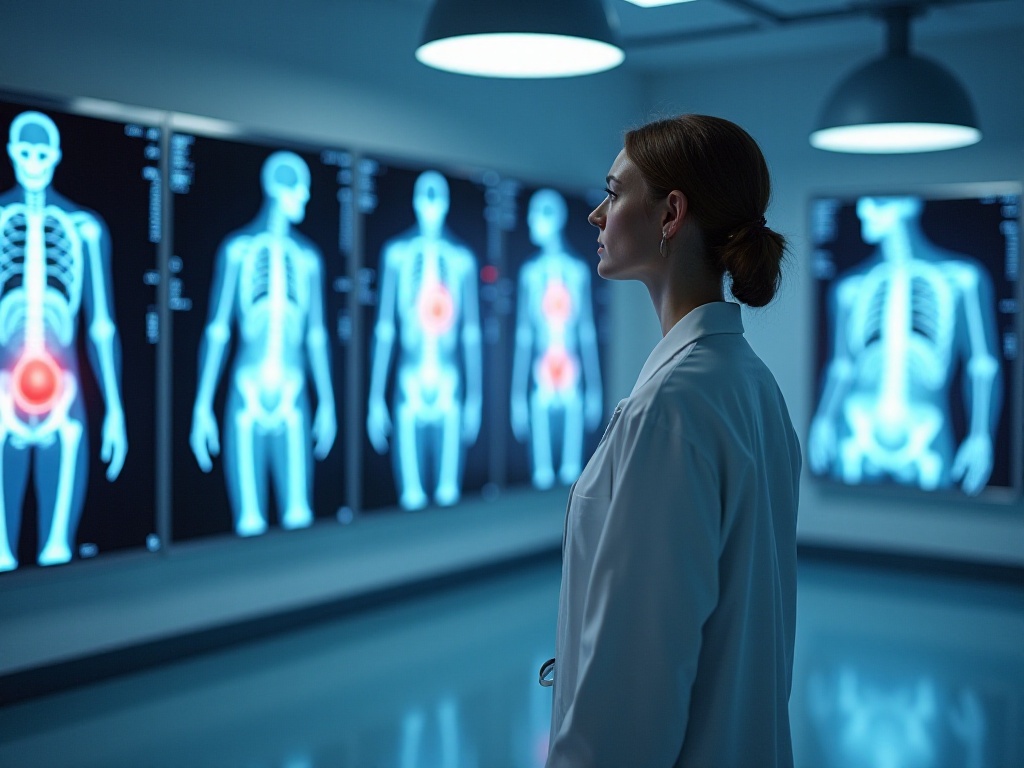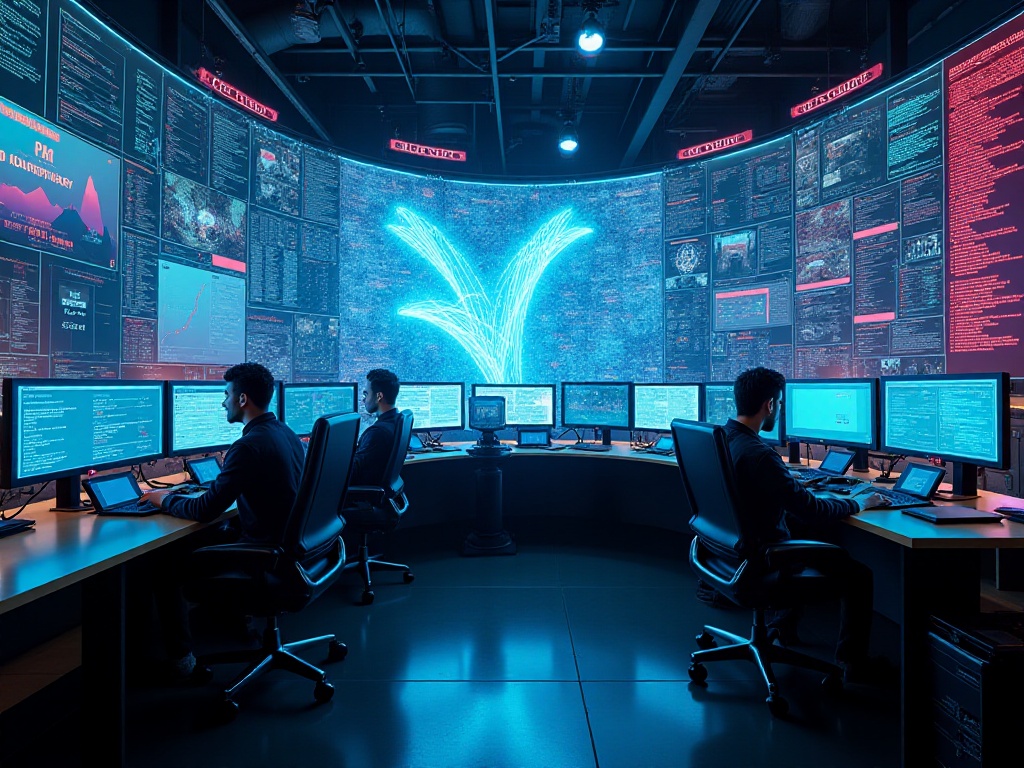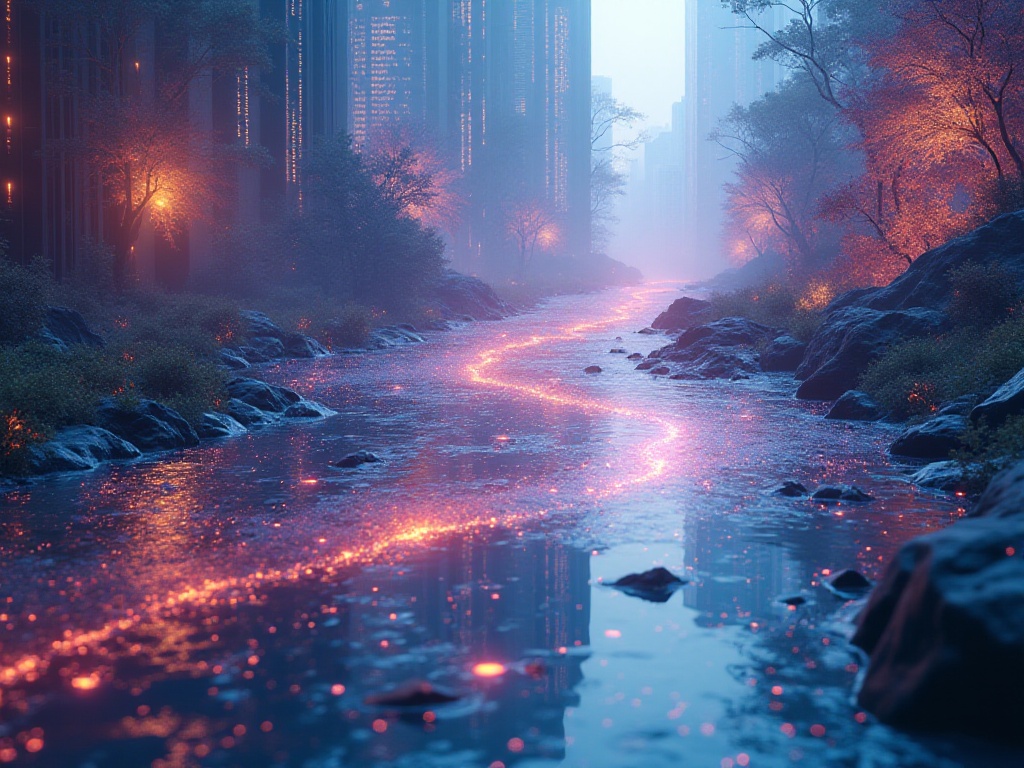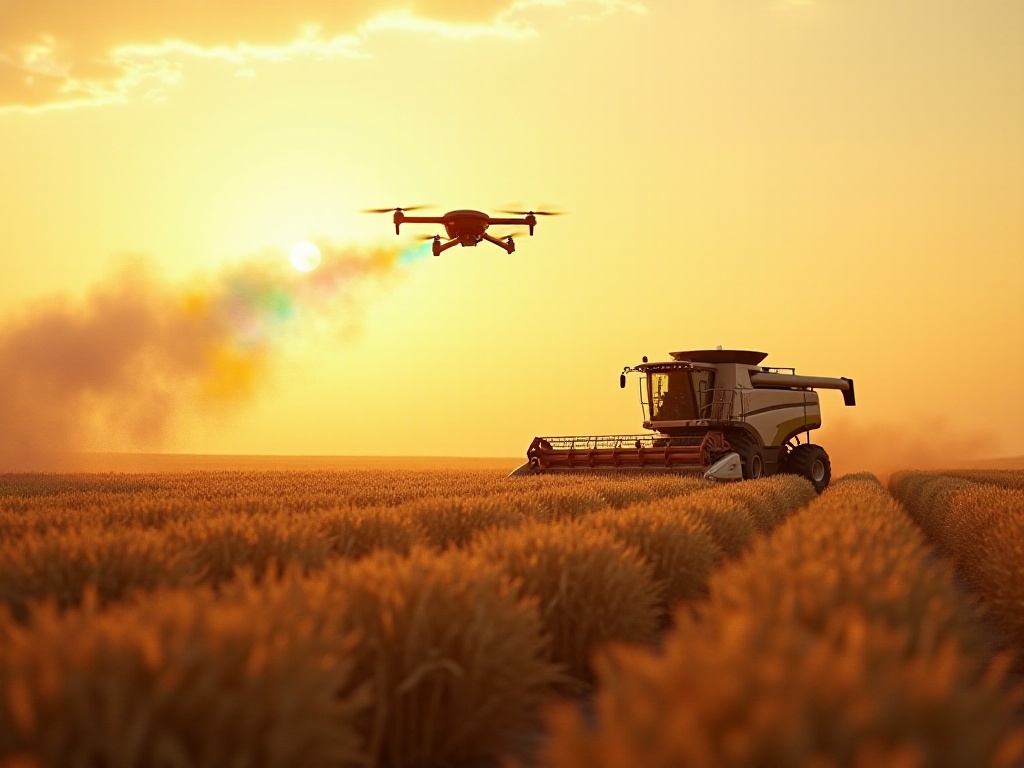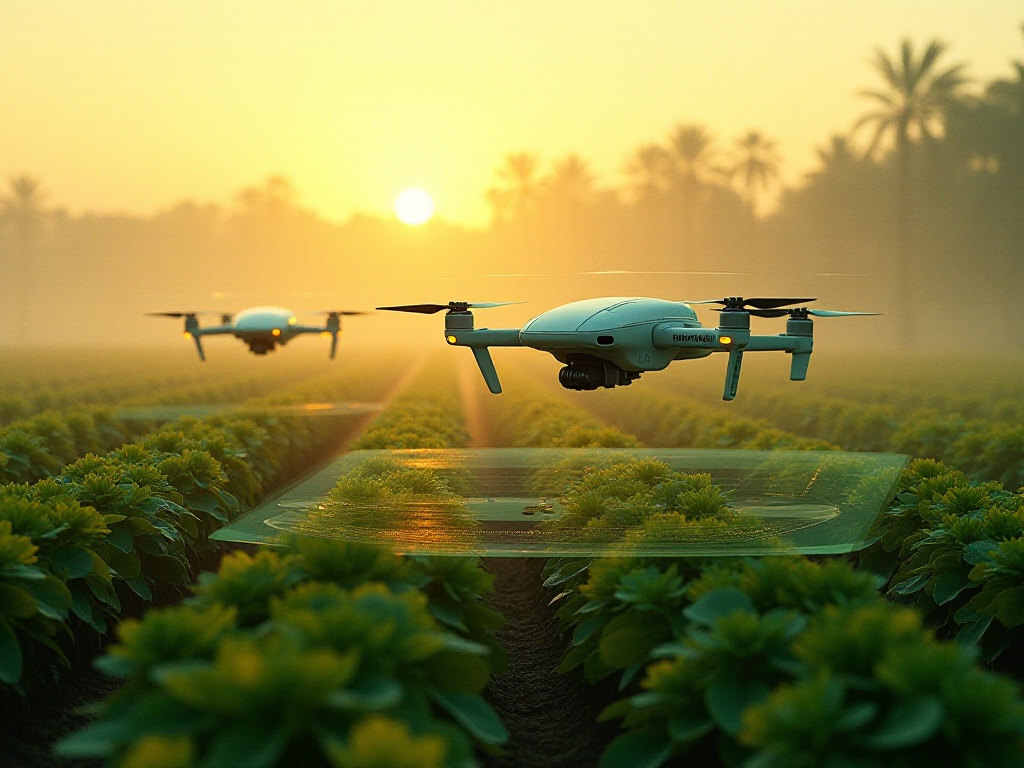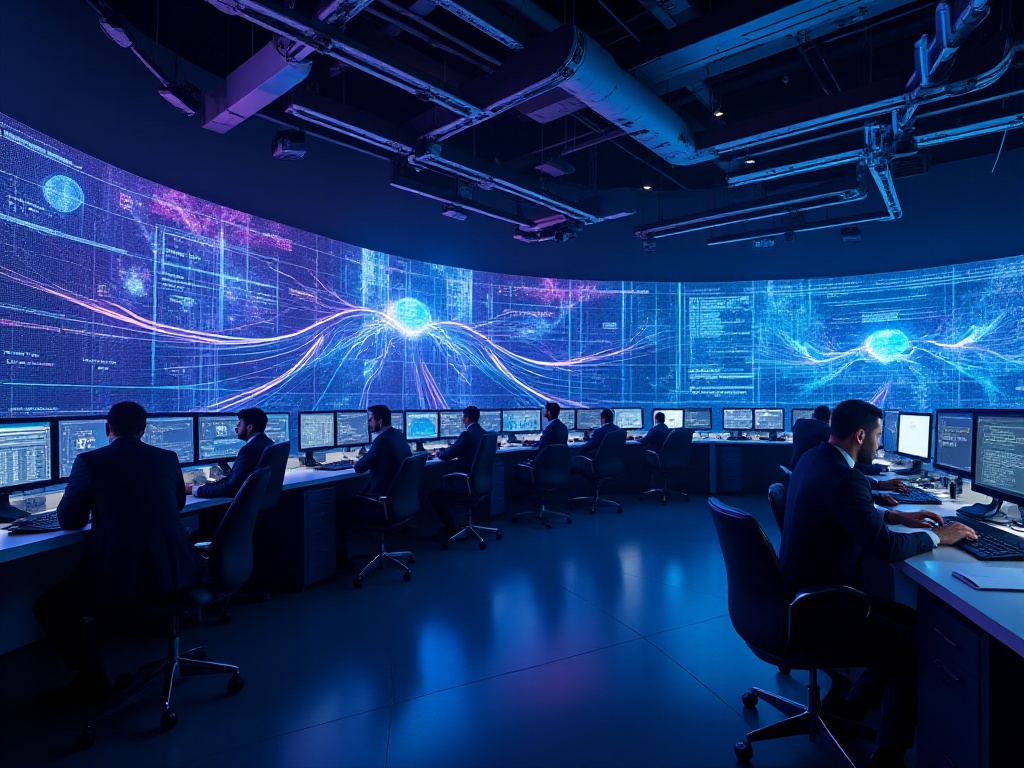Opening Thoughts
Hello everyone! Recently, I've noticed more and more friends getting into AI video creation – it's incredibly popular! As a content creator who works with AI daily, I simply can't resist diving into this fascinating topic with you. Honestly, AI has become so powerful now that you can generate amazing videos with just a few lines of text. It feels like having a magic wand that can instantly bring your creative ideas to life.
I remember when I first encountered AI video creation, I was completely bewildered and couldn't believe these stunning videos were actually generated by AI. After spending time researching and practicing, I finally understood the secrets behind it, and today I'd like to share my insights with you.
Technical Deep Dive
When it comes to core AI video creation technology, we must mention Meta's recently launched Make-A-Video. This system is like a genius artist – give it a scene description, and it immediately transforms the image in your mind into a vivid video.
Let me give you a simple example. If you want a video of "a cat walking in the rain with an umbrella," you just need to input this phrase, and Make-A-Video will start working its magic. First, it understands the scene you want to express: a rainy scene with a cat as the main character, walking while holding an umbrella. Then, based on this understanding, it generates a series of coherent images, turning the static scene into dynamic video.
This process sounds simple, but the technical principles behind it are quite complex. The entire generation process is divided into three major steps: first is text understanding, where AI needs to accurately comprehend what you want to express; second is scene construction, converting the understood content into specific visual elements; and third is dynamic generation, making these visual elements move in a logical way.
Each step involves very complex algorithms and models. For instance, during text understanding, AI needs to understand the relationships between keywords like "rain," "cat," "umbrella," and "walking," knowing that the cat is the subject, holding an umbrella and walking are actions, and rain is the environment. During scene construction, AI needs to know what a cat should look like, ensure the umbrella's size is proportional to the cat, and how to make the raindrops appear natural. During dynamic generation, AI must consider the cat's walking posture, make the umbrella-holding motion natural, and ensure the raindrops have correct falling trajectories.
These technical details might sound a bit dry, but it's the perfect coordination of these details that allows AI to create such realistic videos. I'm amazed every time I see videos generated by Make-A-Video – its attention to detail is incredible. For example, the swaying of the cat's tail while walking, the angle of the arm holding the umbrella, and even the splashes when raindrops hit the ground are all handled perfectly.
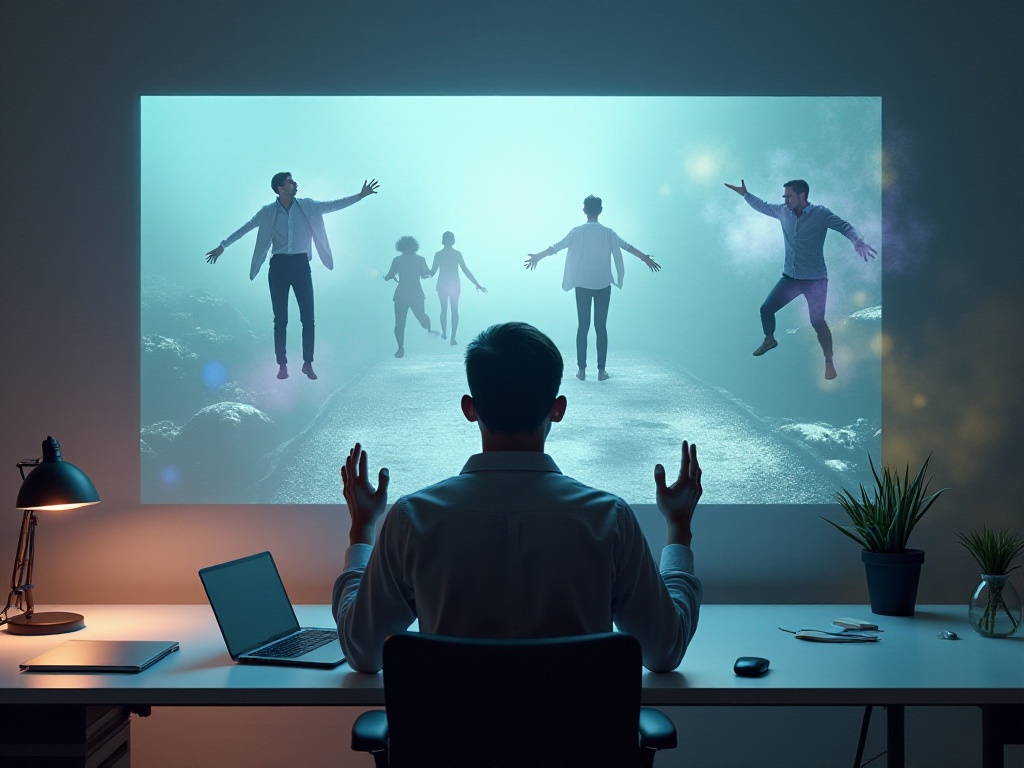
Digital Humans Take the Stage
After discussing video generation, let's talk about the recently trending digital human technology. Remember those articulate digital hosts? They're powered by deep learning facial animation technology. D-ID platform, in particular, is a true powerhouse in the digital human field.
D-ID's most impressive feature is its support for over 100 languages, and it's incredibly easy to use. You just need a clear photo of a person and the text you want them to say, and it can make the person in the photo come alive and speak. Not just lip movements, but expressions and eye movements naturally change with the speech content, looking exactly like a real person.
I have a friend in e-commerce who's been using this technology. They used to find live streaming exhausting, having to arrange hosts for 24-hour rotations, and sometimes when hosts weren't feeling their best, it would affect the streaming quality. Later, they tried using AI digital humans for streaming, and the results were surprisingly good. Digital humans don't get tired, don't have mood swings, don't make verbal mistakes, and cost much less than hiring real hosts.
Most impressively, digital humans can adjust their tone and expressions for different scenarios. For example, they'll appear excited when introducing discounted products, and become serious and professional when answering customer questions. This attention to detail makes the live streams more natural and more likely to win audience favor.
I remember once when my friend's digital host was introducing a skincare product, and a customer suddenly asked a highly technical question. The digital host not only answered the question accurately but also explained the product's usage with vivid expressions and gestures, making it instantly clear to the customer. This kind of interaction was even better than some real hosts.
The application of digital human technology extends far beyond live commerce. In education, digital humans can serve as 24/7 teaching assistants, always ready to answer students' questions. In customer service, digital humans can handle hundreds or thousands of user inquiries simultaneously. In news broadcasting, digital human anchors can report the same news in multiple languages, greatly improving information dissemination efficiency.

Creation Tools
When it comes to AI video creation tools, there are so many choices in the market now, it's truly dazzling. But if we're talking about the most practical tool, I'd say it's definitely Pictory. This tool is like having a professional video production team for content creators, and it's available 24/7.
Pictory's biggest feature is its high level of intelligence. You give it an article, and it can automatically analyze the content, extract important points and keywords. Then, based on this content, it selects the most suitable footage from its media library. Not only that, it can automatically add subtitles, adjust scene transitions, and even add background music, ultimately outputting a professionally produced video.
I've been using Pictory for content transformation recently. I remember once I wrote an article about AI technology development, which had average readership on text platforms. Later, I used Pictory to convert it into a video, added some tech-savvy visuals, plus dynamic data charts, and the video's views ended up being three times higher than the original article. This made me deeply appreciate the power of video content distribution.
While using Pictory, I discovered it has many thoughtful features. For instance, it can automatically identify the emotional tone of an article and select corresponding background music and visual styles. If the article is passionate, it will choose music with strong rhythm and dynamic visuals; if the article is gentle and touching, it will choose soothing music and soft visuals.
Another particularly useful feature is multilingual support. If you want to promote your video internationally, Pictory can automatically translate subtitles while maintaining synchronization with the visuals. This is a godsend for creators looking to expand into overseas markets.
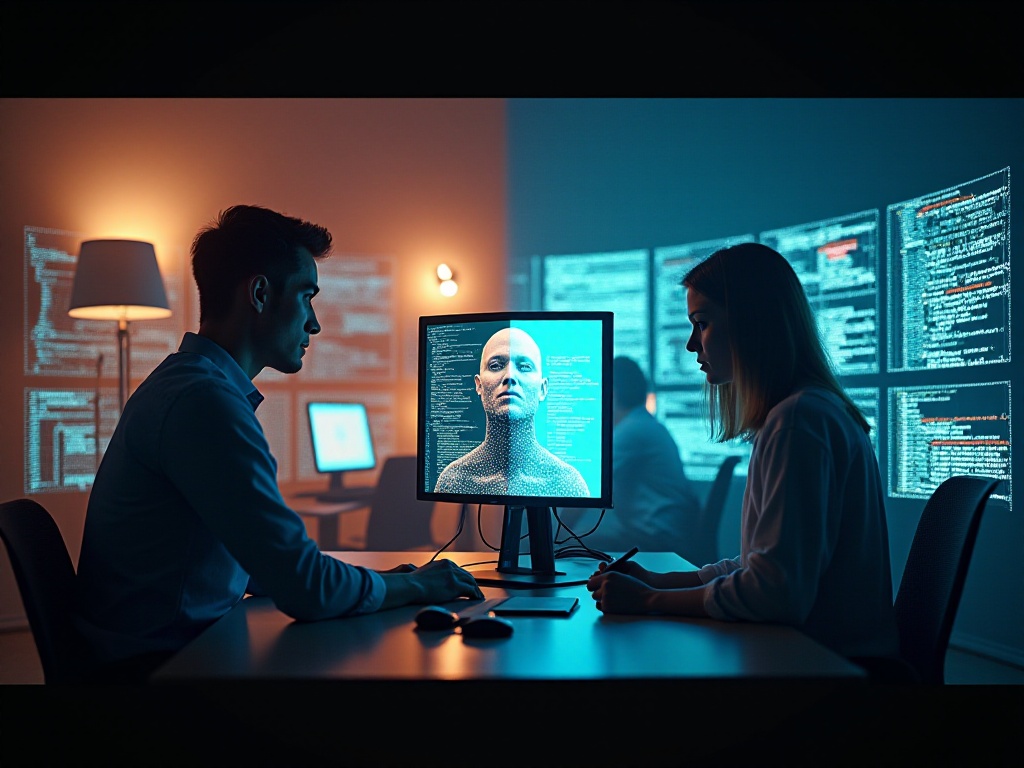
Application Prospects
In the business world, AI video creation has sparked a revolution. More and more companies are starting to try using AI to create various types of video content, from product promotions to corporate image videos, from social media short videos to e-commerce live streams – AI is everywhere.
There's a particularly interesting recent case. A startup team began using OpenAI's Sora to create advertising and tourism promotional videos. Their approach is innovative – no need for actors, locations, or even camera equipment. They just need to write a storyboard script, and Sora can generate video footage for various scenes as required. After AI editing and post-production, they get a complete video work.
This production method not only greatly reduces costs but is also highly efficient. Traditional video production might take weeks or even months, but with AI production, it might only take a few days. And because the footage is AI-generated, modifications or recreations are convenient – no need to worry about finding actors or renting locations again.
Most surprisingly, AI-generated videos don't fall short in quality compared to traditionally produced ones. The footage generated by Sora is rich in detail, with vibrant colors and smooth motion – you can't tell it's AI-generated. Moreover, because AI has powerful creative capabilities, it can sometimes produce effects that are difficult to achieve through traditional filming.
For example, when creating a promotional video about a future city, AI can easily create various sci-fi scenes: flying cars, floating buildings, holographic billboards, etc. These scenes, which would require extensive special effects in traditional filming, can be generated by AI in minutes.
In tourism promotional videos, AI's performance is even more impressive. It can not only recreate historical scenes and showcase local cultural features but also convey strong emotions through details. For instance, when showing the transformation of an ancient town, AI pays attention to changes in building details, street widening, changes in residents' lifestyles, and so on. The layering of these details makes the entire video both historical and full of human touch.
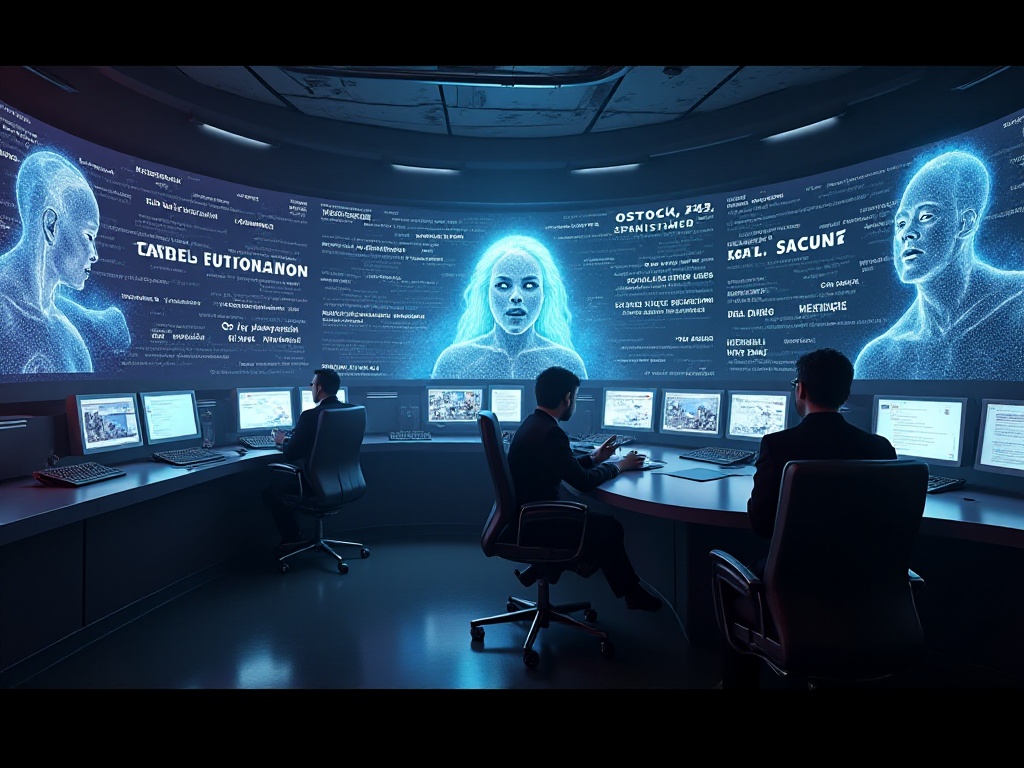
Future Outlook
Looking ahead, the development prospects of AI video creation are truly exciting. As technology continues to advance, AI's creative abilities will become increasingly powerful. I think in the near future, everyone will be able to use AI to make videos as easily as taking photos with a phone.
However, honestly speaking, no matter how powerful the technology becomes, the most important thing is still creativity and content itself. AI is just a tool – whether you can create good videos depends on the creator's ideas and expression. Just like writing, even the best writing software can't replace the author's creativity and thinking.
I especially recommend that friends interested in AI video creation start with some simple tools. For example, try using tools like Pictory to convert your articles into videos, or use D-ID to try creating a digital human video. As you gain experience through practice, you'll quickly master the secrets of AI video creation.
Finally, I hope everyone can find their place in the wave of AI video creation. Whether it's for personal videos or commercial content, the important thing is to be creative and let AI become a powerful assistant in realizing your ideas. Let's look forward to more possibilities brought by AI video creation together!

